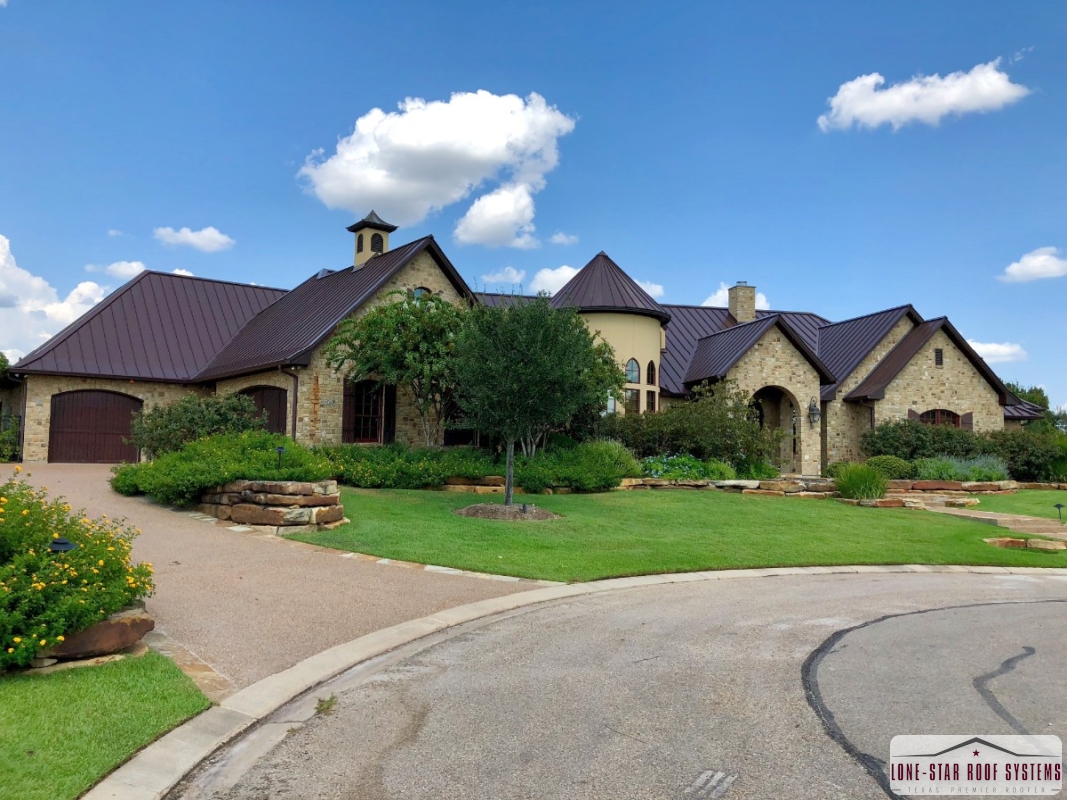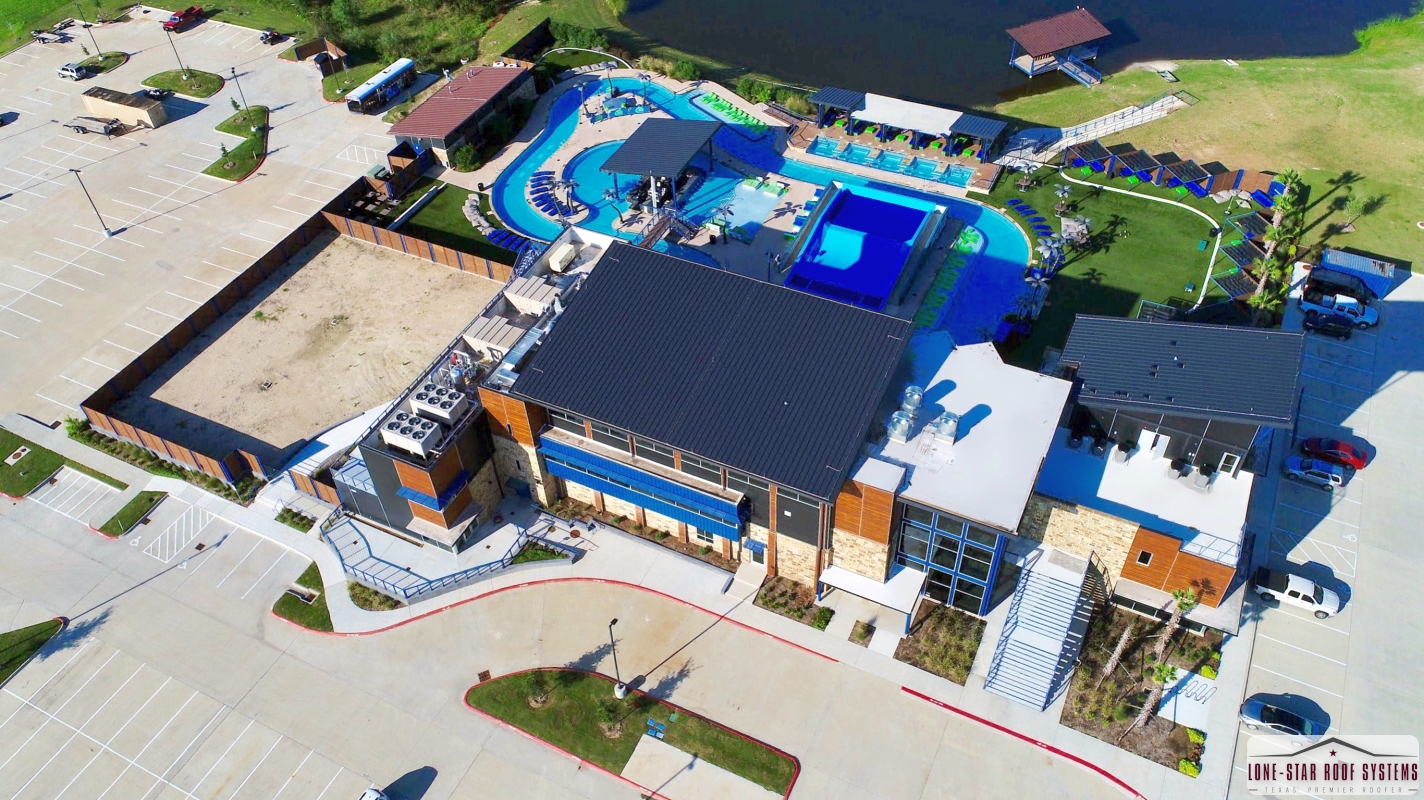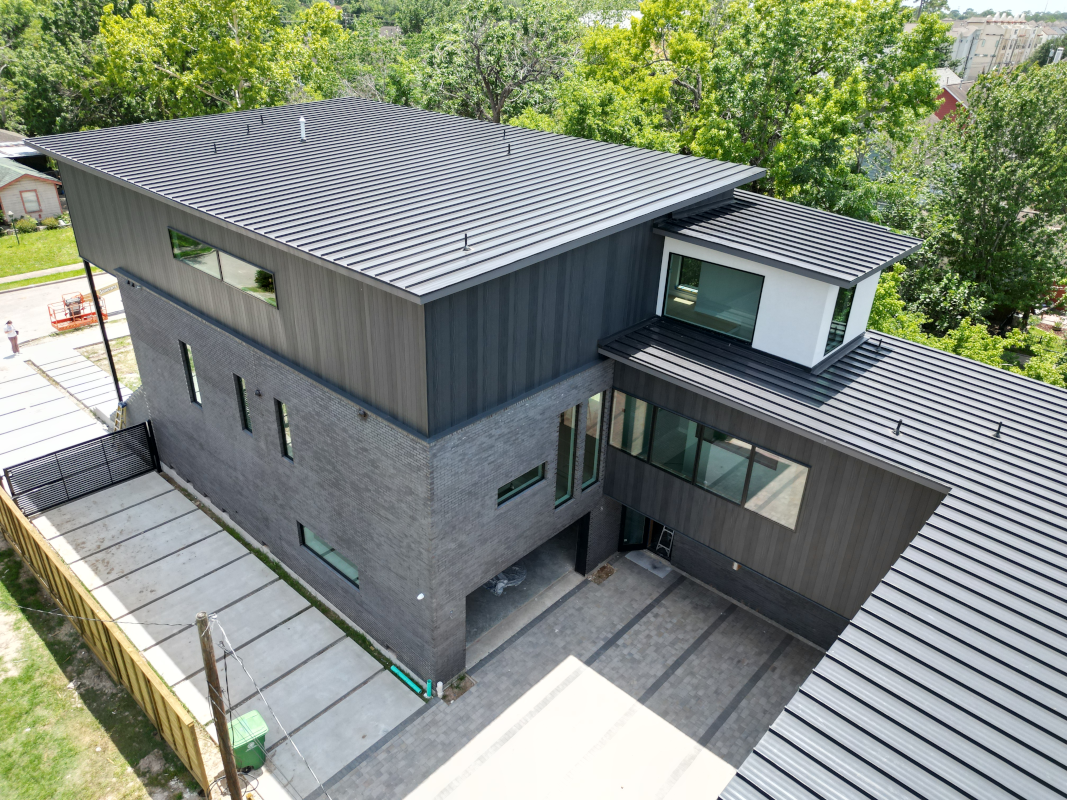Are you wondering about replacing your roof in the winter months? Yes, it’s possible and even better if you take the necessary precautions to address your roofing needs during the colder months. Despite winter’s challenges with snow and ice, don’t let them deter you from fixing your leaking roof.
When significant damage occurs, replacing your roof promptly is crucial to prevent additional harm. Join us as we dive into the world of winter roof replacements, and here’s how our skilled team at Lone-Star Roof Systems, your trusted roofing contractor for winter roof replacement near you, is well-prepared to tackle the task.
What Lone-Star Roof Systems Says About Roofing in Cold Weather
“We always meet or exceed install requirements to the manufacturer’s specifications and building codes. In the winter or colder months, a roof may have some wavy parts as it needs warmer days to “rest” or also called “settle” / “relax” the shingle in its final place. The good news is that this is purely cosmetic. I also mention (to customers) that roof replacements happen in Maine, Wisconsin, Michigan, and Canada in the winter. If companies couldn’t install roofs in winter months, roof costs would be 5x more expensive to compensate for the “unworkable” months!”
While winter may not be the perfect season for a new roof, roofers must ensure that every necessary cold-weather precaution is in place. Unpredictable weather conditions and colder temperatures impact the roof replacement process in small ways, but being prepared for these situations will help the roof replacement go more smoothly.
Reasons Why the Winter Might Be A Great Time to Get Your Roof Replaced
Roof replacement in winter is possible but may also be better for your roof’s longevity, as roofing materials don’t cease to function in colder temperatures. Here are a few reasons why winter is an excellent time for roof replacement:
Strengthen Your Roof Before Spring Rains:
It’s wise to repair or replace a roof with significant water damage or an extensive leak as soon as possible. This will decrease the risk of further damage occurring. It will also help maintain the structural integrity of your roof and home. This is especially important during the winter and spring because of potential exposure to heavy rainfall. A January roof replacement ensures that your roof is in excellent condition and protects your home from water damage during rain storms.
Get on The Schedule Faster:
Usually, it can take multiple weeks to schedule a spring or fall roof replacement. However, the time between the estimate appointment and the roof replacement is generally closer in the winter. This is because roofers’ workload during the winter is typically lower than in the spring and the fall. Many homeowners appreciate the quick turnaround time that the winter months bring.
Less Risk to Landscape:
A roof replacement is a significant project, and while we work hard to protect the lawn and property of each house we work on, there is always the risk of damage. In January, lawns are typically dormant, bushes aren’t in bloom, and patio furniture is usually in the garage. This is ideal for roof replacements because it makes protecting your property much more manageable.
Possible Roof Replacement Discounts:
Due to the lack of demand in January, discounts and special offers are sometimes available to those who schedule roof work within that month. This is only sometimes the case, but checking to see if any seasonal specials are available to help you save money is good.
Ensuring Safety Precautions for Roofing in Winter’s Slippery Conditions
Winter roof installations can be dangerous due to slippery conditions caused by rain, snow, and ice. Crews must take extra precautions, such as using fall protection equipment to ensure safety. Sometimes, they may need to wait for the morning frost to melt before starting the work. If there is heavy snow or ice, the result will most likely need to be postponed until it is safe for the crews again.
Understanding How Cold Weather Impacts Roofing in Cold Weather: The Potential Effects on Nail Guns
Roofing in cold weather and temperatures can be challenging because freezing temperatures can affect the nail guns used. Nail guns rely on compressed air; if the air is humid, it can turn into water and freeze in the airlines, reducing the flow of air that drives the nails. Doing this increases the risk of improper nail placement, requiring extra attention to ensure shingles are securely installed. Installers must reduce the pressure of their nail guns because shingles are brittle in the colder months.
Examining How Shingles Are Affected by Roofing in Winter and Cold Weather
Most shingles have a sealant, which is activated through direct exposure to heat and energy from the sun. If the temperature is below 40 degrees Fahrenheit, the shingles may only seal once the temperature rises. In this case, they should be hand-sealed with asphalt roof cement along the steeply sloped sides of gable roofs to ensure additional fastening strength and wind resistance. Shingles are temperature-sensitive materials; attempting to install them during winter can lead to brittleness and cracks. It’s recommended to undertake the installation of new asphalt shingles on your roof when the temperature falls within the range of 40 to 85 °F. Extra care must be taken when cutting and nailing them during installation and walking them on the roof.
Unlike asphalt shingles, metal and slate roofing materials aren’t nearly as affected by colder temperatures. Roofs made of these materials have fewer, if any, challenges associated with the installation process in the winter months.
Essential Precautions to Take During Roof Replacement in Winter
During cold-weather shingle installations, our crews take many precautions to protect the shingles and leave you with a sturdy new roof to protect your home.
Fall protection equipment:
Our crews have harnesses and other equipment that keep them safe if they slip on the roof in icy or snowy conditions.
Snips:
When the weather is colder, our crews use snips or shears instead of utility knives to protect the more brittle shingles from breaking.
Good judgment:
If a day is too cold, wet, or slippery to work, our project managers will recognize it and postpone the job until a safer time. This protects our crews and your roof from the harmful effects of cold weather.
Replace Your Roof This Winter With Lone-Star Roof Systems
Our nearby team takes every necessary precaution for a successful winter roof installation. As a trusted roofing contractor for winter roof replacement in Texas, we value customer satisfaction above all else and take pride in delivering flawless roofs all year. Schedule your free consultation today, and let us help you start the process!



